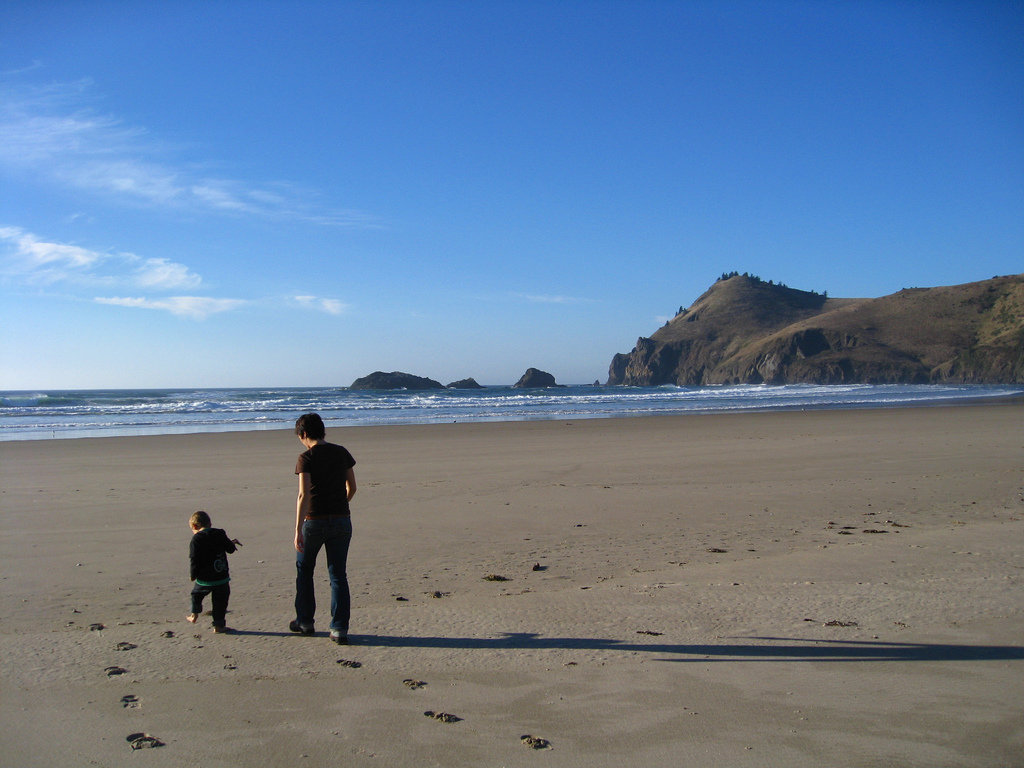Washington’s Governor Jay Inslee, stymied by Republican opposition to putting a price on carbon, is flexing his executive power. Like President Obama using his Clean Air Act authority to order the Environmental Protection Agency to formulate the federal Clean Power Plan, Governor Inslee has invoked his authority under existing pollution laws. Last year, a group of Washington young people petitioned the Department of Ecology to use its existing authority to take action on climate change.
In July, Governor Inslee ordered the Washington Department of Ecology to make a plan that will cut climate pollution down to the limits in state law.
Ecology’s rulemaking could:
1. Create a plan and some policies to start Washington down the right path until the legislature takes action.
By using his executive authority, Governor Inslee might be able to keep Washington on track, despite this year’s legislative gridlock.
Comprehensive climate action requires comprehensive public process. California took two years of public rulemaking to develop its “Scoping Plan”—the blueprint for the state’s climate action. Governor Inslee directed Ecology to conduct a one-year rulemaking where “all stakeholders will have ample opportunity to express their ideas, options and concerns as the rule development process unfolds.” Ecology will “assess which sectors and facilities should be covered” and will offer a “variety of compliance options” for those facilities and sectors.
This rulemaking could result in a sweeping state plan describing policies aimed at overcoming market barriers to cutting pollution, policies aimed at sectors that would not likely be included in a cap-and-trade program, and policies aimed at achieving additional benefits, beyond reductions in greenhouse gas emissions.
Read more










